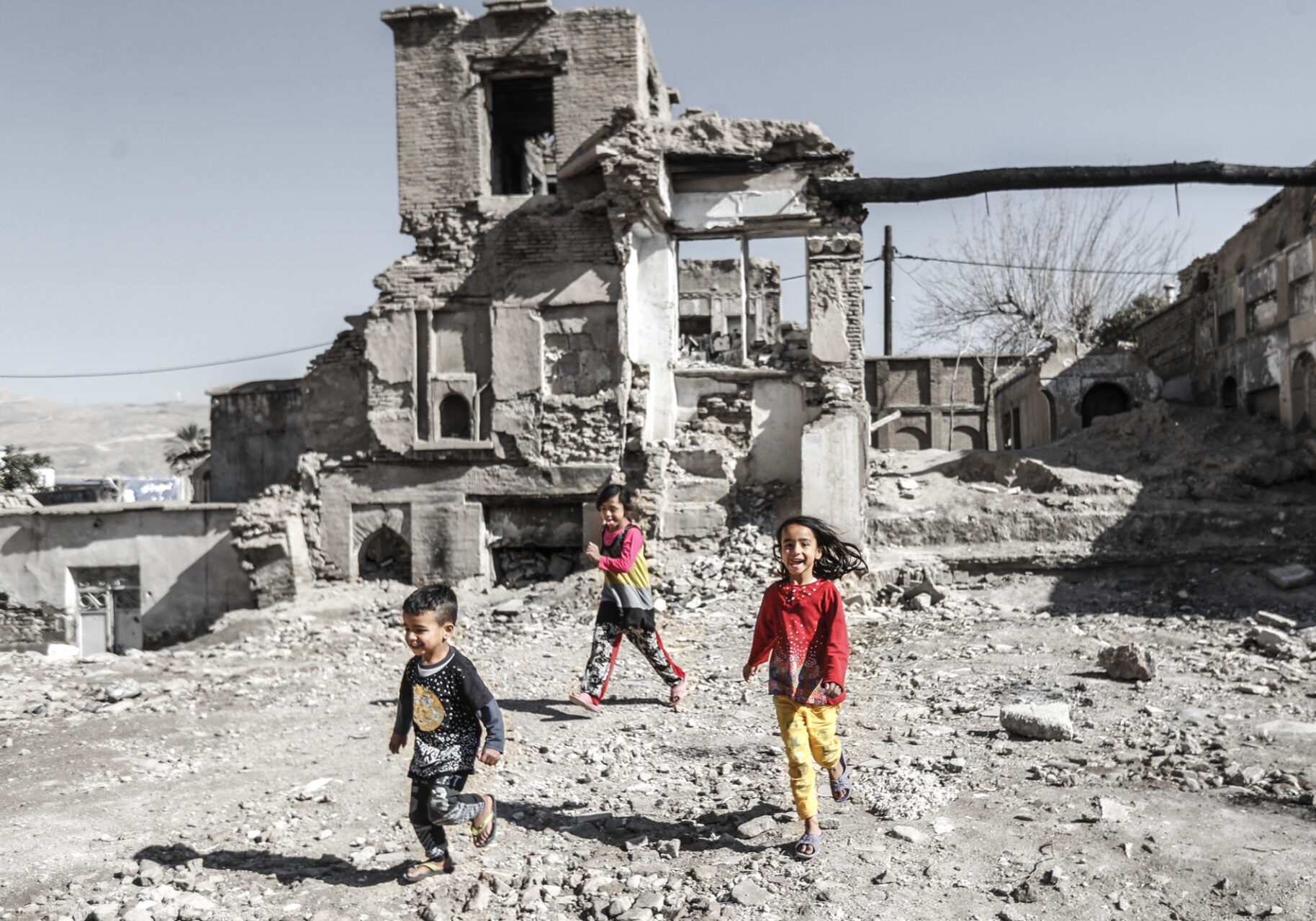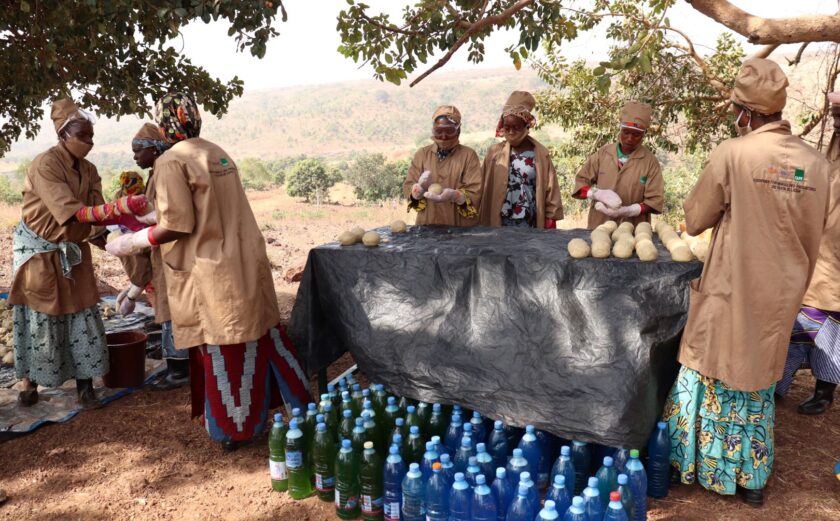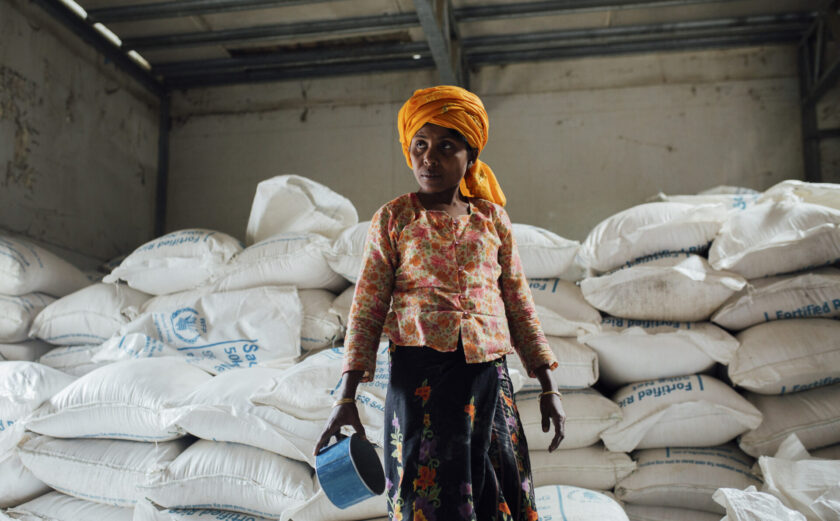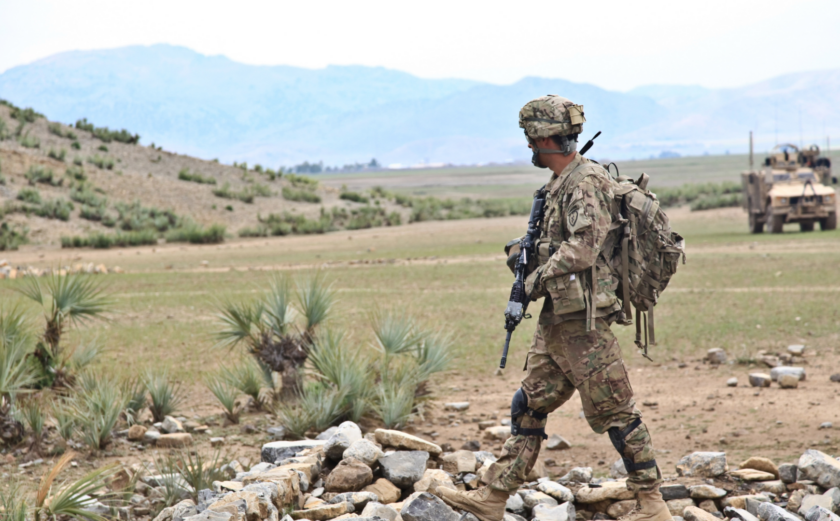
Defense Department Releases First-Ever Policy on Civilian Harm Mitigation
The long-anticipated Department of Defense Instruction (DoDI) on Civilian Harm Mitigation and Response (CHMR), mandated by Congress in the FY2019 National Defense Authorization Act (NDAA), was finally released on December 21, 2023.
InterAction welcomes this important step toward standardizing U.S. efforts to effectively prevent and respond to civilian harm resulting from military operations and applauds those inside the DoD who have been instrumental in its development. Throughout 2019, InterAction’s Protection of Civilians (PoC) Working Group held a series of workshops to support the DoD’s deliberations on the policy’s content, releasing a series of recommendations, many of which are reflected in the new instruction.
Background
The DoDI has been years in the making. The first internal Defense Department considerations on civilian harm caused by its military operations was in 2007 when Gen. Dan K. McNeill, then commander of the International Security Assistance Force in Afghanistan, asked his subordinates for civilian casualty figures, which were not being counted at the time. Within two years of data informed changes to U.S. operations, civilian deaths from airstrikes decreased 70%, but DoD has been slow to standardize and implement civilian harm mitigation practices.
However, incidents such as the 2021 Kabul drone strike which killed an aid worker and nine members of his family, and a 2019 air strike in Baghuz, Syria, which was subsequently covered up, drew international attention and provided renewed urgency for the U.S. to take action.
In January 2022, Secretary of Defense Lloyd Austin . The DoDI CHMR, which had been bogged down in the internal review process, was given a deadline for completion. At the same time, Secretary Austin directed the establishment of a civilian protection center of excellence, tasked with providing analysis, learning, training, and strategic approaches to CHMR. The newly released DoDI embeds this 2022 CHMRAP into implementable policy. It is the most expansive military policy on the reduction of civilian harm to date.
Initial Reception
Although the policy is a step in the right direction, gaps do remain. For example, nothing in the policy addresses displacement and many other loopholes are evident. Daphne Eviatar, Director of Security with the Human Rights Program at Amnesty International USA, expressed concern that military investigations of civilian harm will interview witnesses and survivors, “to the extent reasonably practical,” rather than as a requirement. Those interviews are “critical to any fair assessment of what happened and who was harmed,” she says.
In the end, “The real measure of [the DoDI’s] success will be in implementation,” says Annie Shiel, the Center for Civilians in Conflict’s U.S. Advocacy Director and co-chair of the PoC Working Group, “and how or whether it delivers results for civilians—both by preventing a repetition of the devastating civilian harm caused by U.S. operations over the last twenty years, and by finally delivering answers and accountability.” Another member, Joanna Naples-Mitchell, Director of Zomia Center’s Redress Program, hopes that with the policy’s release, families still waiting on condolence payments for loved ones killed will soon receive them, like the 21 Iraqi families she represents.
Sadly, DoD’s groundbreaking efforts on CHMR appear largely detached from the ongoing reality in situations receiving U.S. support. Norwegian Refugee Council, an InterAction Member, expressed its hopes for rapid implementation of the DoDI CHMR, “including in current U.S.-supported operations in Gaza and Yemen.”
Nevertheless, InterAction reiterates the positive development that the DoDI CHMR represents. The DoD’s efforts have already influenced other military actors around the world. According to Marc Garlasco, U.N. Peacekeeping and the Netherlands have started incorporating aspects of the CHMRAP into their policies and procedures. As the DoD starts to implement the CHMR instruction, InterAction will continue to ensure that NGO perspectives are heard.
—
For more information regarding the Protection of Civilians Working Group, please reach out to Annie Shiel at ashiel@civiliansinconflict.org.






